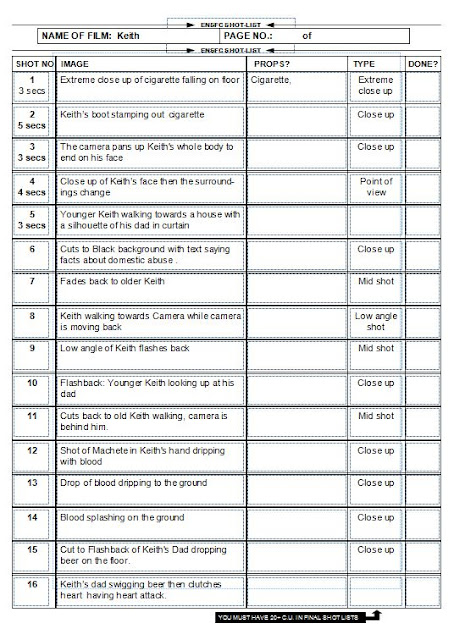In this scene from PSYCHO we see Arbogast getting attacked
by what we think is the mother of Norman Bates. It takes place inside Norman
Bates’ eerie house that looks over the Bates Motel, showing its power over
people who stay there. This is also the first time that we see inside the Bates
house.
The house is very dark lit with small amounts of motivated
lighting which cast large shadows which makes the whole scene seem more tense
and eerie. Norman Bates mother is carrying a phallic weapon which shows her
power over Arbogast. The character is also lit lighter than the rest of the
scene, giving her an almost ghostly appearance. The lighting gives the audience
an uneasy feel which adds to the scare factor.
The use of the knife is reminiscent of Ed Gein when he
murdered people, which adds to the historical context of the time.










